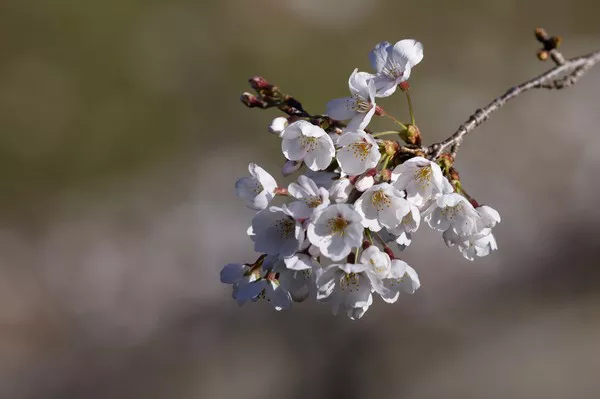Lupins, with their vibrant and elegant spires of flowers, are a beloved addition to many gardens. However, once their stunning display of blooms begins to fade, many gardeners wonder what to do with their lupins.
Deadheading Lupins
Deadheading is a crucial task after lupins have finished flowering. Removing spent flower heads not only maintains the plant’s aesthetic appeal but also encourages the development of new blooms and prevents self-seeding. Deadheading can be a time-consuming process, but it’s well worth the effort.
To deadhead your lupins, follow these steps:
Inspect the plant: After the lupin’s main bloom period, look for spent or fading flower heads. These are usually easy to spot, as they will have wilted and turned brown.
Pinch or cut: Using clean pruning shears or your fingers, pinch or cut the fading flower heads just above a set of healthy leaves. This process will redirect the plant’s energy into producing more flowers or strengthening the root system.
Continue throughout the season: Lupins often produce multiple waves of blooms. To encourage continued flowering, deadhead the plant regularly as new flower clusters develop.
Pruning Lupins
Pruning lupins is an essential part of post-flowering care, as it helps maintain the plant’s shape and encourages new growth. While deadheading focuses on the removal of spent flowers, pruning involves cutting back the entire plant to a certain extent.
Here’s how to prune your lupins:
Timing: Prune your lupins after the initial flowering period in late spring or early summer. The goal is to stimulate a second flush of blooms or encourage the development of new foliage.
Cut back the stems: Using sharp and clean pruning shears, trim the entire plant to a height of about one-third of its original size. Make the cut just above a set of healthy leaves, ensuring you don’t cut too close to the base of the plant.
Remove any dead or damaged growth: During this process, also remove any dead or diseased leaves or stems. This helps improve the overall health and appearance of the plant.
Water and fertilize: After pruning, water the lupin thoroughly and provide a balanced fertilizer to support new growth.
Dividing Lupins
Lupins are known for their longevity, but over time, they can become overcrowded and may benefit from division. Dividing lupins rejuvenates the plant, prevents competition for resources, and encourages vigorous growth and blooming.
Here’s how to divide your lupins:
Choose the right time: The best time to divide lupins is in early spring or early autumn when the plant is not in its active flowering phase.
Dig up the plant: Carefully dig up the entire lupin plant, taking care not to damage the roots.
Separate the divisions: Once you have the plant out of the ground, use a sharp knife or garden spade to divide it into smaller sections. Each division should have a portion of the root system and several shoots or stems.
Replant the divisions: Choose a suitable location with well-draining soil and good sunlight. Plant the divisions at the same depth they were previously growing. Space them at least 18 to 24 inches apart to allow for healthy growth.
Water and mulch: After replanting, water the divisions thoroughly and apply a layer of organic mulch to conserve moisture and deter weed growth.
Overwintering Lupins
Overwintering lupins is crucial to ensure their survival through the colder months and promote robust growth in the following spring. Lupins are generally hardy perennials, but a few key steps can help protect them during the winter.
Follow these tips for successful overwintering of lupins:
Prune and clean: In late autumn, after the lupins have finished flowering and the foliage begins to die back, prune the plant to remove dead and decaying growth. This prevents the spread of diseases and pests.
Provide protection: Lupins are generally cold-hardy, but if you live in an area with harsh winters, consider applying a layer of mulch around the base of the plant to insulate the roots and protect them from frost.
Cut back in spring: In early spring, remove any remaining dead growth from the lupin plant to prepare it for new growth.
Monitor moisture: During the winter months, monitor the moisture levels around the lupin. In regions with limited rainfall, provide supplemental watering to prevent the roots from drying out.
Divide in early spring: If you are planning to divide your lupins, early spring is the ideal time. The newly divided plants will have time to establish themselves before the next flowering season.
Conclusion
Lupins are cherished for their striking blooms and resilience in various garden settings. Post-flowering care is essential to ensure that lupins not only maintain their aesthetic appeal but also continue to thrive year after year. By deadheading, pruning, dividing, and properly overwintering your lupins, you can enjoy a garden filled with these lovely perennials that return each season with a burst of color and beauty. Remember that lupins are relatively low-maintenance, making them an excellent choice for both novice and experienced gardeners.


